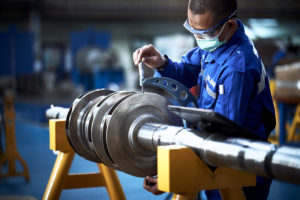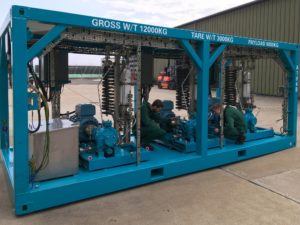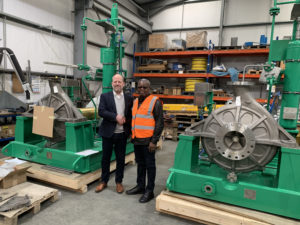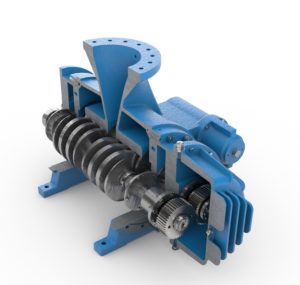The Future of Oil, Gas and Coal Dependent on Perception and Competition
Gas-to-liquids plants can cost up to $15 billion. Coal-to-liquids plants cost even more. Investments in these plants is highly dependent on the perceived demand. This factor, in turn, is a function of attractiveness of alternatives such as wind, solar, electrical energy storage, tar sands, coal bed methane, underground coal gasification, shale gas, shale oil, oil shale, small modular nuclear, small scale LNG, advanced coal-fired power plants, etc.
All these alternatives are continually assessed in two publications: Oil, Gas, Shale and Refining Markets and Projects and Fossil and Nuclear Power Generation: World Analysis and Forecast published by the McIlvaine Company.
The biggest variable in the mix among these alternatives is coal conversion. The proven coal reserves (defined as presently known and economically minable) is 860 billion tons. This quantity would supply the world at present consumption levels for another 100 years. But coal has a much bigger potential than just this identified resource. Consider that there is one trillion tons of coal under the North Sea. Billions of dollars are being invested in underground gasification technology to inject steam and oxygen and extract gas. CO2 generated in the process would be used to increase yield of shrinking North Sea oil reservoirs.
China is well underway with a program to convert coal to gas, fuels and chemicals at a rate equal to the entire U.S. shale gas program. If the projects in the planning stage are implemented, China will utilize 20 percent of the world s annual coal consumption just to make gas and liquid products.
The ultimate mix between all these energy sources will be be determined by perception and competition. In a chess game, the winner does a better job of perceiving the moves of the loser. Among the losers to date are owners of LNG regasification terminals in the U.S. They did not perceive the moves of shale gas extraction companies. However, if they convert these terminals to export LNG and build others to do so, then power plants which are relying on large quantities of cheap gas will be the losers. So both the quality of the competition and the perception of the opponent are factors in success. Some of the important inputs include:
The differential price between diesel and LNG is a critical market factor.
- Crude represents 65 percent of final fuel price.
- The disparity between oil and gas prices on an equivalent Btu basis is a function of access.
- Gas is not economically transported overseas except as LNG, whereas oil is economically transferred.
- Even if the price of oil drops, the market for gas is not impacted if gas prices also drop proportionately.
- Until the U.S. has the capability to sell large quantities of LNG offshore, the price disparity will continue.
- Investors and gas producers are expecting gas in the U.S. to remain at $5/MMBtu.
- China expects to make gas from coal at less than $5/MMBtu.
- Shale gas operators are expected to keep expanding as long as oil is above $70/bbl.
- Oil companies such as Chevron are bullish on increased oil and gas demand and are continuing with high levels of investment.
- Saudi Arabia is able to increase or decrease output to maintain price levels. Many other producers need price levels above $90 barrel to keep their economies healthy.
- The oil reserves of Middle East producers are less than 50 years.
- The Saudi production cost is only $6/bbl.
- The Saudi oil value is much higher than $100/barrel because it is a resource which is dwindling at 4 percent per year.
- The result is that the Saudi supply will be adjusted to balance long term value and short term needs.
- Stranded gas and other sources of LNG where the acquisition price of the gas is negative will be unaffected by oil fluctuations between $80-110 bbl.
- Safety perceptions of nuclear energy vary widely from country to country.
- Environmental perceptions including climate change also vary widely between the developed and developing economies.
Source: The McIlvaine Company







